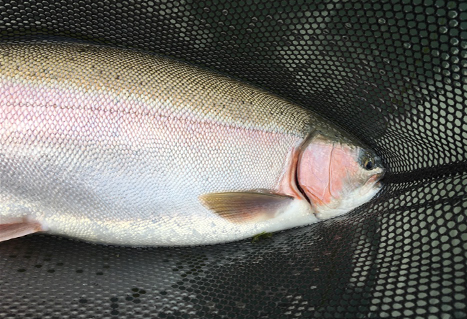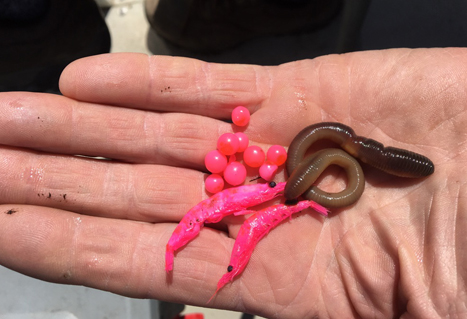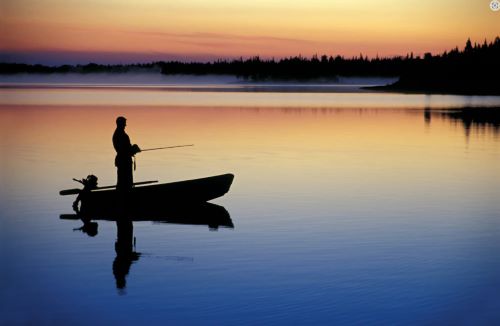Each spring, long before the lakes in B.C. are ice-free, anglers are getting excited and can’t wait until they can launch their boats to go fishing. Many anglers are thinking fly-fishing or trolling lures, but right after ice off, these methods can be a tough way to get the fish to bite consistently.
Another great method you can try is bait-fishing. While highly successful any time of year, this kind of fishing is especially productive during the early season when insect hatches are almost non-existent. In general, trout, kokanee, and char are eating machines – almost always on the prowl for food – making fishing with bait quite effective on lakes anywhere from the coast right through to the Interior.

Tackle and Accessories
For gear, you will need:
- 1.8- to 2.75-metre (6- to 9-foot) ultra-light spinning rod rated for four- to 10-pound-test line,
- matched with a small spinning reel
- six- to 10-pound-test monofilament or braided line.
For terminal tackle, use:
- small 10- to 15-gram fishing floats,
- float stops,
- small size #10 to #14 barrel swivels,
- ¼- to 3/8-ounce egg-style slip weights, and
- #6 to #4 sized single barbless bait hooks.
Good baits to try are krill, deli shrimp, single salmon eggs, worms, or Power Bait. You can fish your bait by casting out from shore, or by hanging it below a boat. If fishing from a boat, your boat should be anchored both front and back, just as you would for fly-fishing.

Float Fishing and Bottom Fishing
You can fish your bait two ways: suspended under a fishing float, or on the bottom. Float-fishing is best in shallow water one to five metres (three to 15 feet) deep, or when fishing over weed beds. When fishing, you will want to adjust your float to drop your bait just off the bottom, above any weeds or debris.

Bottom fishing is better for deeper water five to 20 metres (15 to 60 feet) deep where there is little debris present. You can sit the bait right on the bottom or, if fishing from a boat, suspend it directly below, just off the bottom.

Using either method, moving your bait every once in a while covers more water, exposing your offering to more fish and improving the odds of getting hook-ups. Be watchful; the initial bite can be quite light. Bait-fishing with ultra-light gear is a good alternative for expert as well as novice anglers, and can make for some great fishing when other methods are less productive.
Finding the Fish
Of course, finding the fish in any given body of water is the key to success, and no different than if you are fly-fishing, trolling, or fishing bait. Be observant: look for moving fish, watch your fishfinder, and watch out for areas where others may be catching fish.
Please note that in every region of the province, there are some bodies of water where the use of bait is not permitted. Be sure to check the regulations for the places you wish to fish. On most days, a bite is a bite, and most anglers aren’t fussy about whatever method is used to get one; after all, it’s all in a day’s fishing.
Author: Nick Basok
Photos: Nick Basok & Steve Olson
